World’s Oldest Known Calendar Discovered in Turkey, Marking a Devastating Comet Strike
Göbekli Tepe in southern Turkey, a 12,000-year-old site, is home to what experts believe is the world’s oldest known calendar. This ancient complex, predating Stonehenge by millennia, features stone pillars adorned with intricate carvings that record astronomical events.
The calendar marks significant celestial patterns and reportedly reflects a sophisticated understanding of the cosmos.
Unraveling the Mystery of V-Shaped Symbols
Researchers have decoded V-shaped symbols on the pillars, each representing a single day. By counting these symbols, they discovered a solar calendar of 365 days, consisting of 12 lunar months plus 11 extra days.
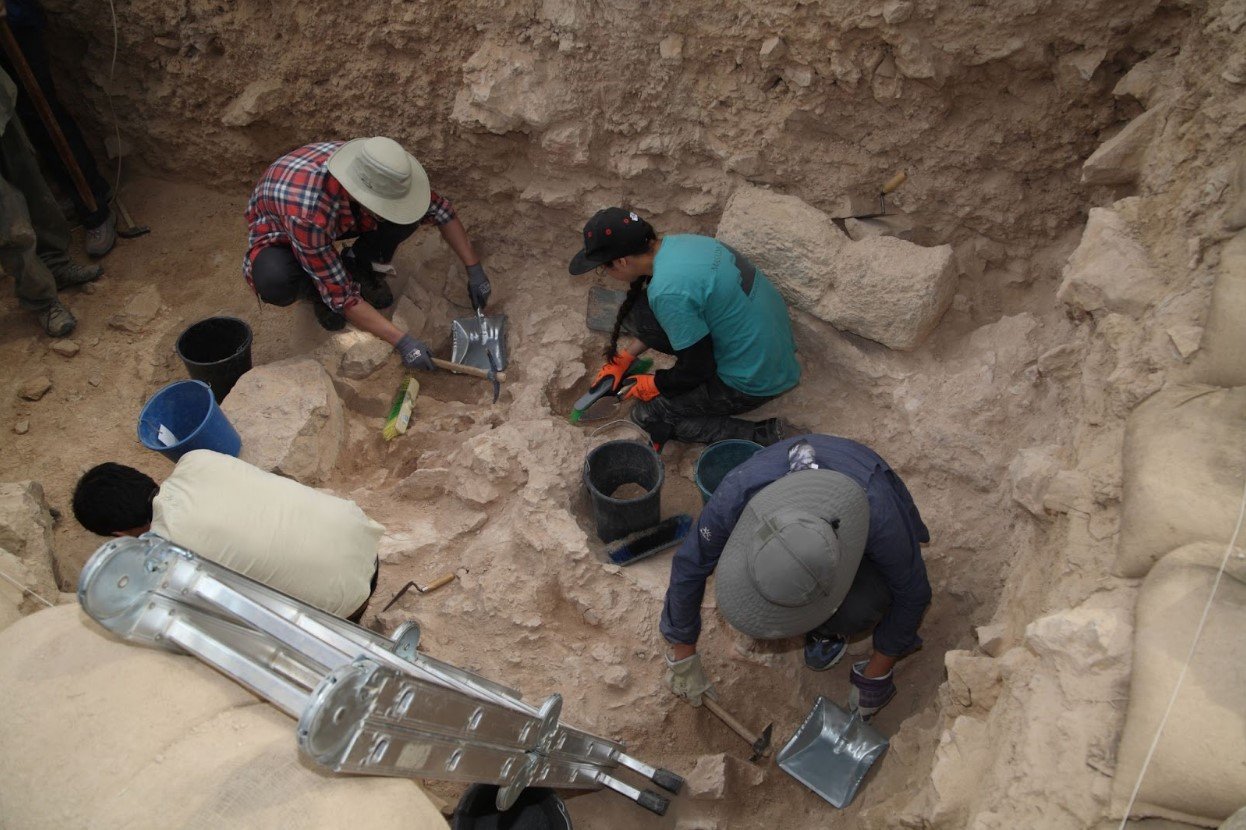
Source: Dan Porges/Getty Images
This meticulous record-keeping highlights the advanced observational skills of Göbekli Tepe’s ancient inhabitants.
Marking the Summer Solstice
A special V-shaped symbol, worn around the neck of a bird-like figure, represents the summer solstice. This unique marking indicates the importance of the solstice in their calendar, emphasizing how early humans used astronomical events to track time and seasons.
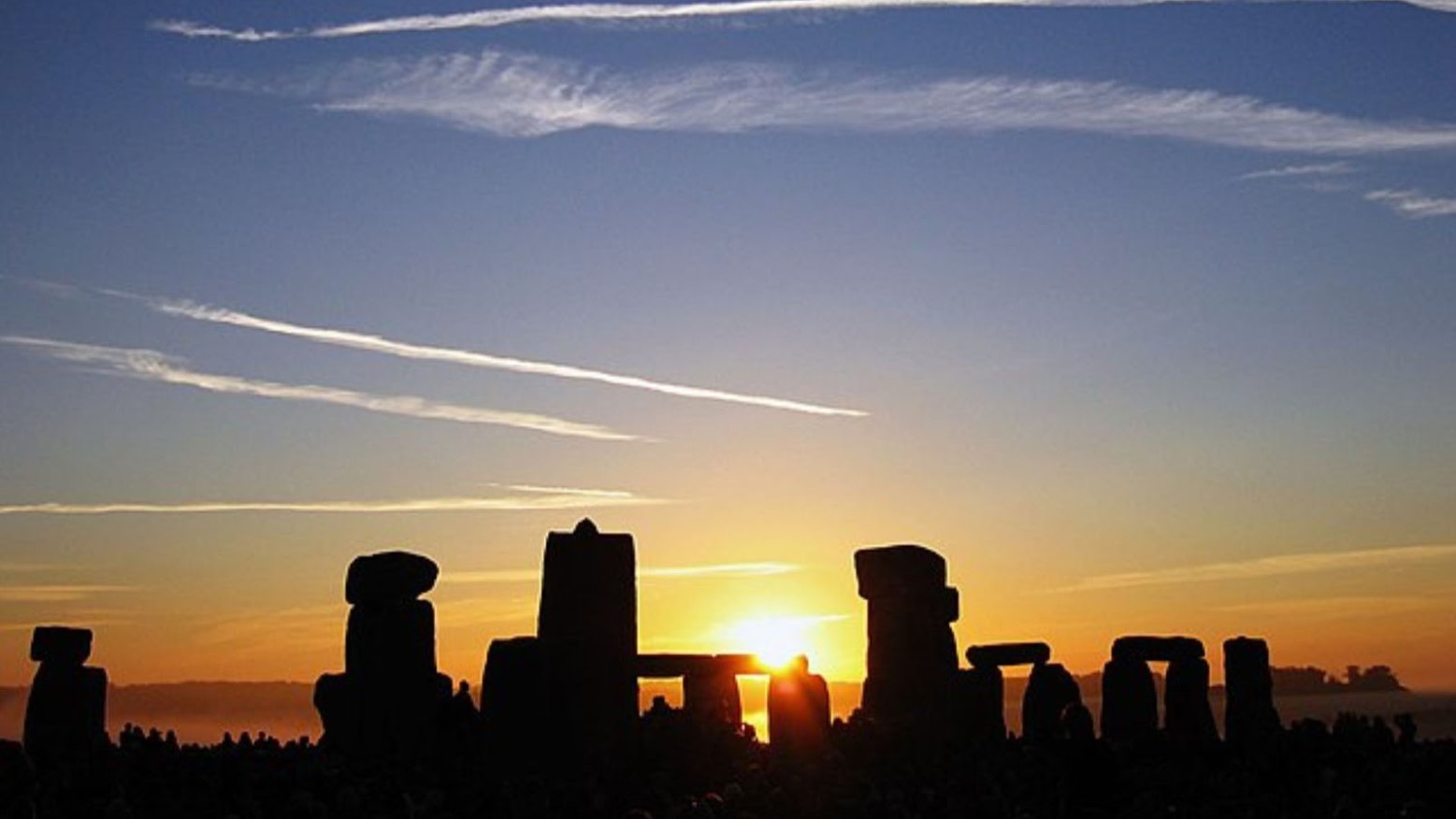
Source: Unknown Author/Wikimedia Commons
Such symbols were likely crucial for agricultural and ritual purposes.
Commemorating a Catastrophic Event
The carvings at Göbekli Tepe are also believed to memorialize a devastating comet strike around 10,850 BC.
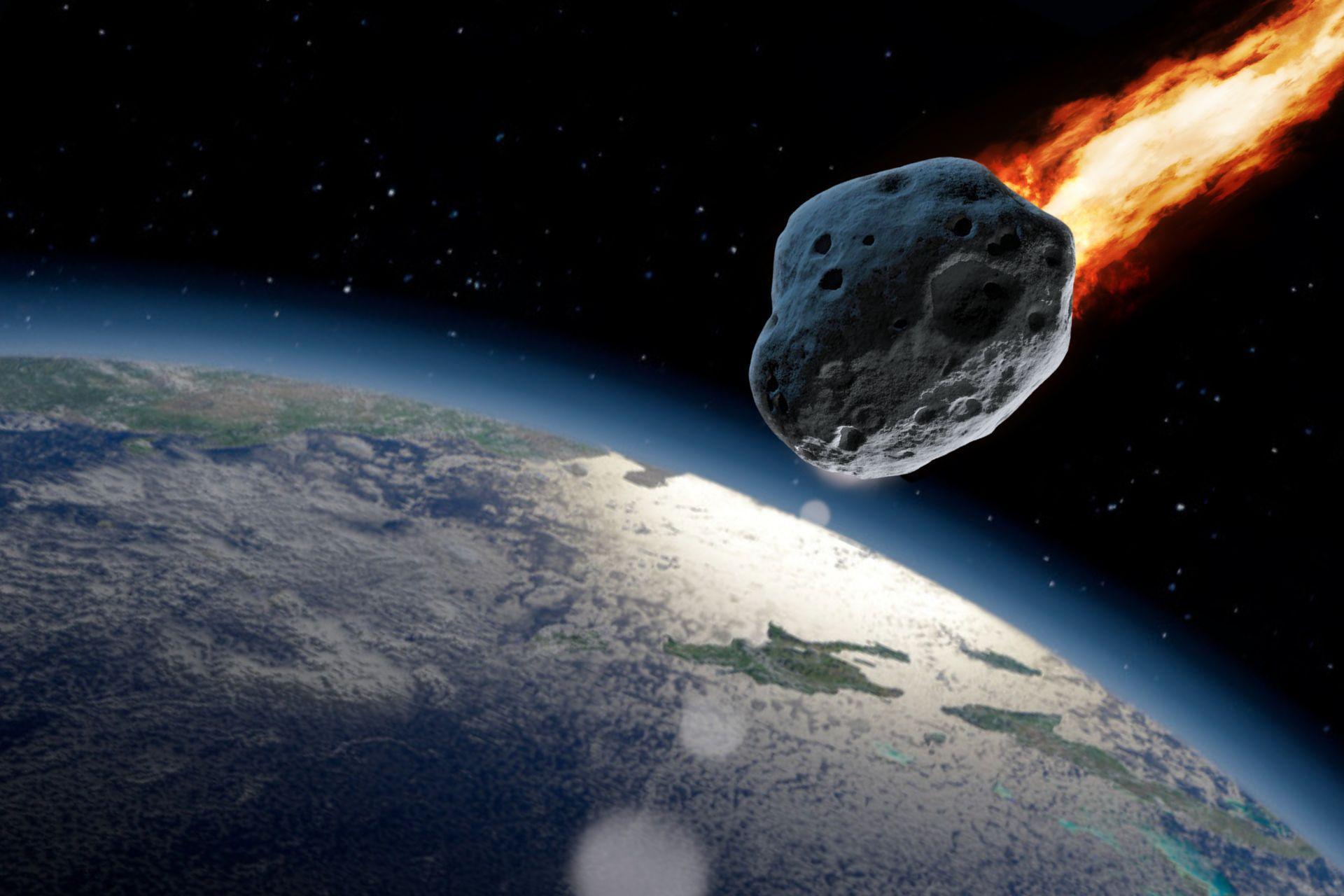
Source: Wikimedia/Wikimedia
This event triggered a mini-ice age lasting over 1,200 years, drastically altering the environment and pushing ancient humans to adapt.
A Shift Towards Civilization
In response to the harsh conditions brought by the comet strike, early humans began to shift from a hunter-gatherer lifestyle to agriculture.

Source: Tomasz Sienicki/Wikimedia Commons
This transition in the Fertile Crescent region is seen as the dawn of civilization. Göbekli Tepe’s carvings provide valuable insight into how environmental changes spurred societal advancements.
The Earliest Lunisolar Calendar
Göbekli Tepe’s calendar is a remarkable blend of lunar and solar cycles, making it the world’s earliest known lunisolar calendar.
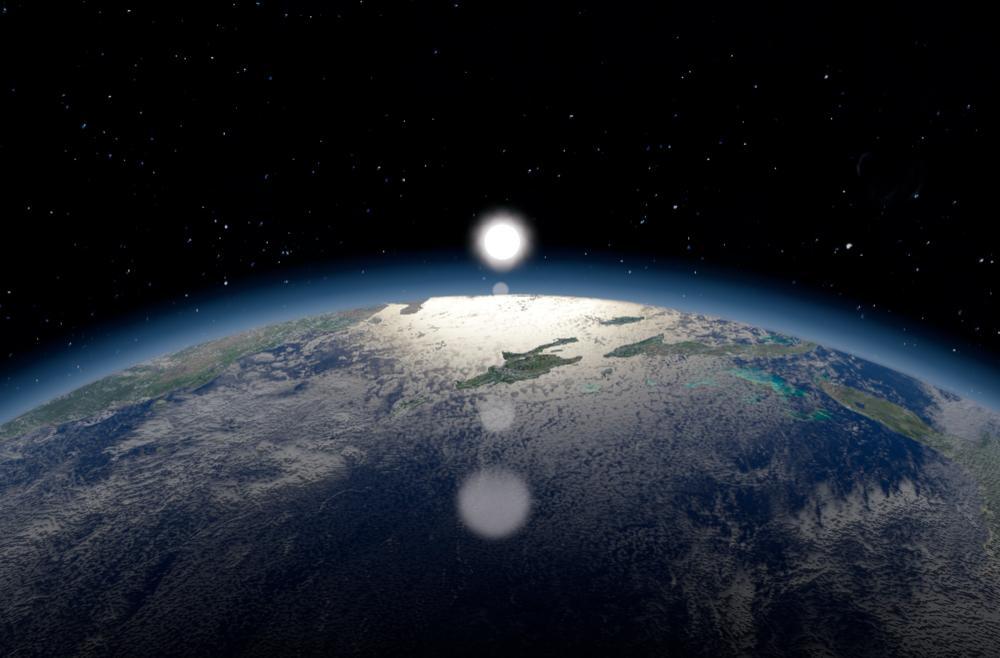
Source: Wikimedia
This sophisticated timekeeping system predated other known calendars by millennia and demonstrated an advanced understanding of celestial movements and seasonal changes.
Recording the Taurid Meteor Stream
One pillar at Göbekli Tepe appears to depict the Taurid meteor stream, thought to be the source of the comet fragments that struck Earth.
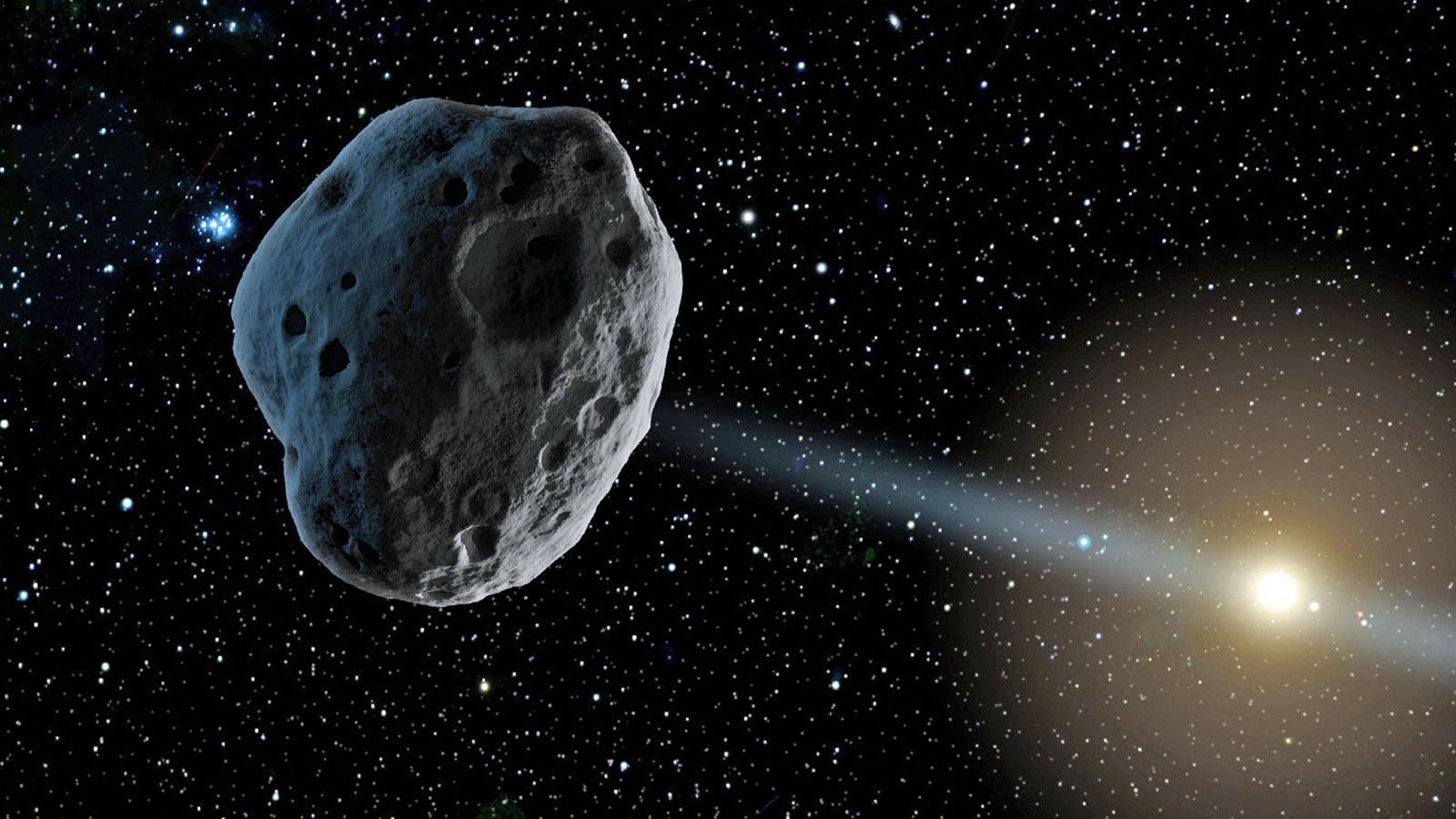
Source: Wikimedia
The detailed carvings show the meteor stream lasting 27 days, originating from the directions of Aquarius and Pisces, further illustrating the site’s astronomical significance.
Evidence of Early Precession Knowledge
The carvings at Göbekli Tepe suggest that ancient people understood precession — the wobble in Earth’s axis affecting constellation movements — long before it was documented by the Greek astronomer Hipparchus in 150 BC.
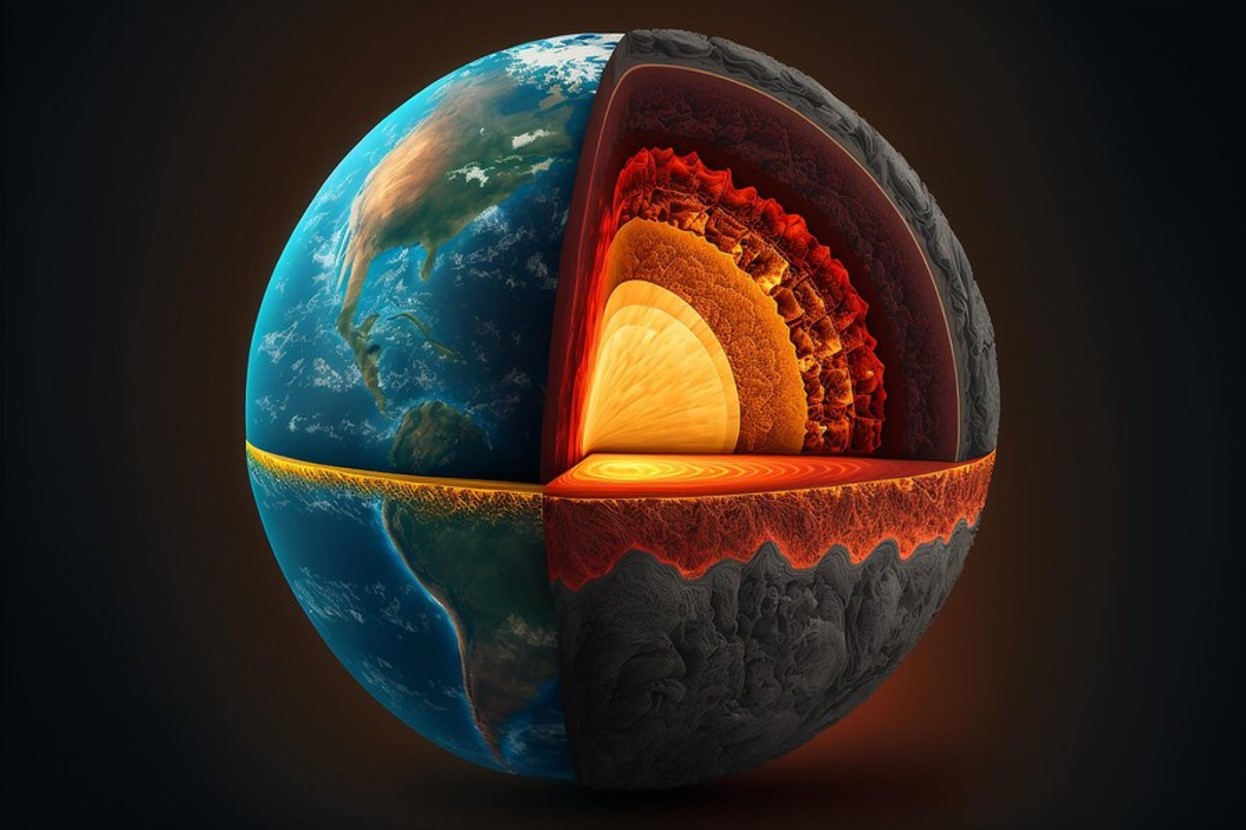
Source: Freepik
This early knowledge of precession is evidence of the advanced astronomical skills of Göbekli Tepe’s builders.
Influencing Religion and Culture
The importance of Göbekli Tepe’s carvings persisted for millennia, hinting at their role in shaping early religious practices and cultural developments.

Source: Adobe Stock
The comet strike and subsequent environmental changes may have inspired new beliefs and societal structures, influencing the trajectory of human civilization.
A Legacy of Astronomical Observation
Dr. Martin Sweatman from the University of Edinburgh suggests that Göbekli Tepe’s inhabitants were keen sky observers, driven by the devastating comet strike.

Source: Jordan Benton/Pexels
This event might have spurred the development of writing and other forms of record-keeping, laying the groundwork for modern civilizations.
The Impact on Modern Understanding
The discovery of Göbekli Tepe’s calendar has major implications for our understanding of ancient human history.
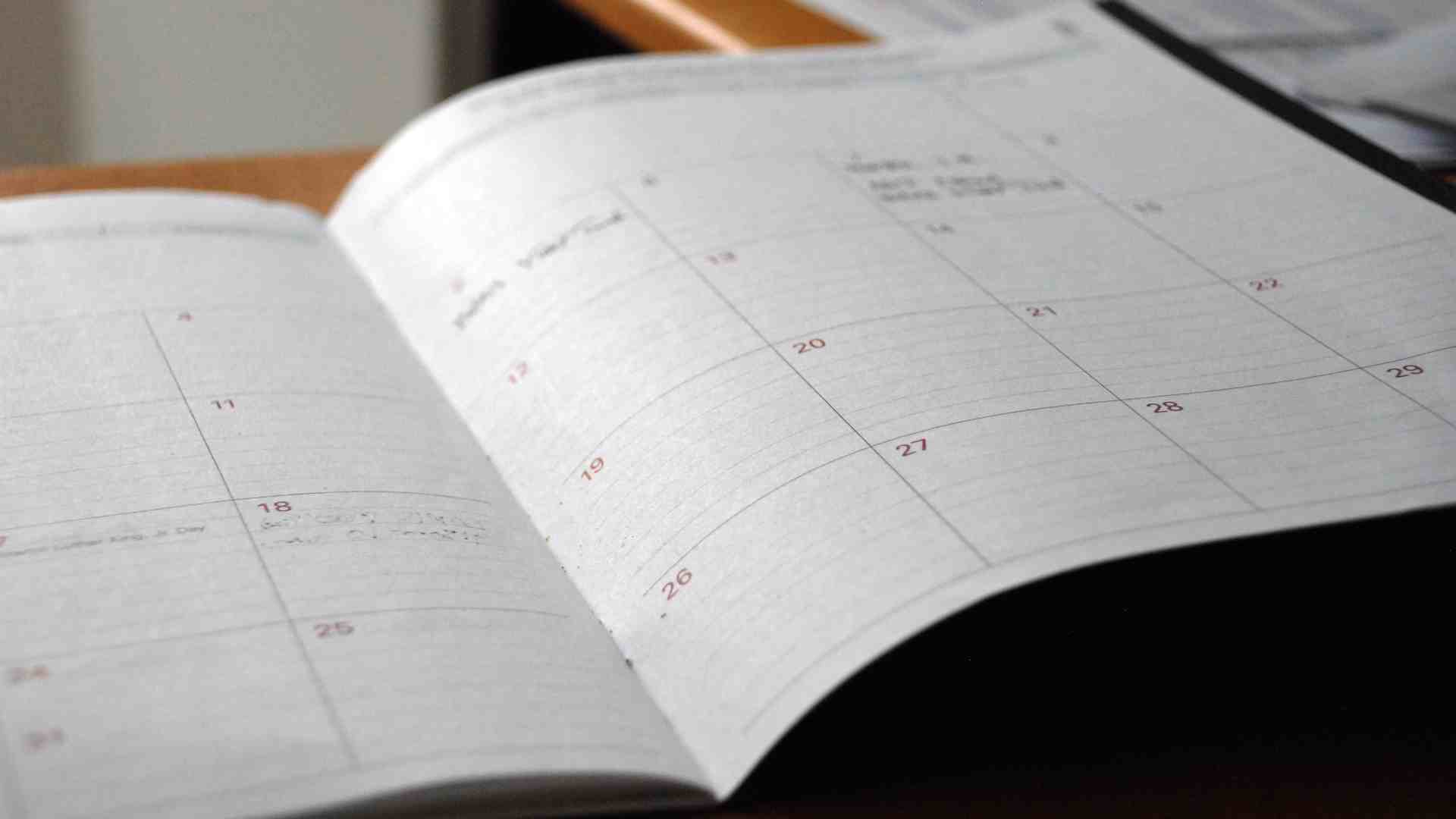
Source: Eric Rothermel
It challenges previous notions about the origins of timekeeping and astronomical knowledge, highlighting the ingenuity and resilience of early human societies.
The Ongoing Exploration
Research at Göbekli Tepe continues to uncover new insights into this ancient site.

Source: Trnava Universty/Unsplash
As archaeologists and scholars dive deeper into its mysteries, they will, hopefully, reveal more about the complex relationship between celestial events and human development.
